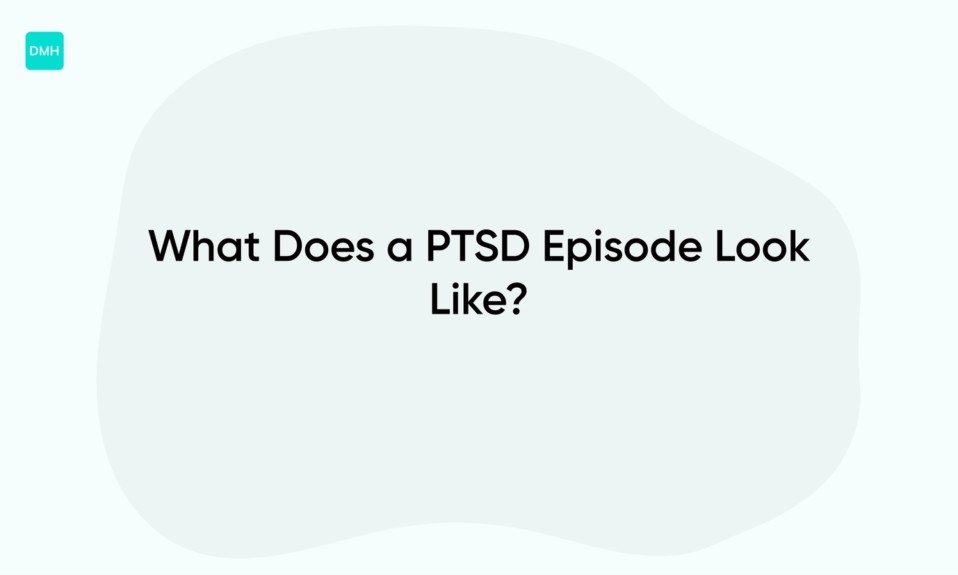Buck teeth can be a source of self-consciousness and can even cause oral health problems such as tooth decay and gum disease.
Luckily, there are various ways to fix the issue, including braces, clear aligners, and surgery.
By addressing the problem, you can achieve a more confident smile and healthy teeth.
Learn more about how to fix buck teeth and the different treatment options available.
- Orthodontic treatment is often the most effective way to fix buck teeth, as it can gradually move the teeth into the correct position.
- Braces or clear aligners are typically used to shift the teeth, with the length of treatment depending on the severity of the buck teeth.
- In some cases, extraction of one or more teeth may be necessary to make room for the remaining teeth to shift into proper alignment.
- If the buck teeth are caused by habits such as thumb-sucking, speech therapy may be recommended to help break the habit and promote proper tongue placement.
- In severe cases, jaw surgery may be needed to reposition the jaws and correct the alignment of the teeth.
- After the teeth have been moved into the correct position, a retainer will be necessary to keep them in place and prevent relapse.
Understanding the causes of buck teeth
Buck teeth, technically known as malocclusion or overjet, is a common dental condition where the upper teeth protrude forward over the lower teeth.
The causes of buck teeth may vary depending on the individual case.
In some cases, it may be due to genetics, where a person inherits a small jaw or large teeth that result in crowding and misalignment.
In other cases, it may develop due to poor oral habits, such as thumb sucking, nail biting, or prolonged use of pacifiers.
Chronic mouth breathing, as seen in those with allergies or asthma, can also contribute to the development of buck teeth as it affects the growth and development of the jaw.
Early diagnosis and treatment are essential to preventing more severe dental problems.
Orthodontic treatment, such as braces or clear aligners, is the most recommended and effective method for correcting the alignment of the teeth.
In severe cases, surgery to reshape or reposition the jaw may also be required.
However, it is crucial to address the underlying causes of the condition to prevent relapse after treatment.
Apart from the physical appearance, buck teeth can also affect a person’s speech and bite function.
This can lead to difficulties in chewing and speaking clearly, which can affect a person’s self-esteem and overall well-being.
Therefore, it is essential to seek treatment as soon as possible to improve both the aesthetic and functional aspects of the teeth.
In conclusion, the causes of buck teeth may vary from genetics to poor oral habits, and early intervention is crucial to prevent more severe dental problems.
Seeking the help of an orthodontist or dental professional is the best course of action for addressing the condition.
Treatment options, such as braces or clear aligners, can effectively correct the alignment of the teeth and improve the overall dental health and well-being of an individual.
Prevention tips to avoid buck teeth
To prevent buck teeth, it’s important to pay attention to the alignment of your teeth from childhood.
As a health expert, I suggest these tips:
- Practice good oral hygiene: Regular brushing and flossing can prevent tooth decay and gum disease, which can cause misalignment of teeth.
Proper oral hygiene also ensures that your jawbone remains healthy.
- Avoid thumb-sucking: Thumb-sucking is a habit that can cause misalignment of teeth.
It is common among children but when it persists for too long, it can lead to buck teeth.
- Wear protective gear: If you’re involved in contact sports or activities that can cause facial injuries, wearing a mouthguard or a nightguard can help protect your teeth.
- Limit pacifier use: Prolonged use of pacifiers can also cause misalignment of teeth.
It’s best to limit pacifier use to only when it’s necessary and gradually wean off the habit.
- Visit an orthodontist: An orthodontist is a dental specialist who can identify and treat misaligned teeth.
Treatment options may include braces, retainers, and other corrective devices.
- Avoid prolonged bottle-feeding: Prolonged bottle-feeding, especially at night, can also cause misalignment of teeth.
It’s best to transition to a cup as soon as your child can drink from one.
Buck teeth can also be caused by genetics or trauma to the face.
If you notice misaligned teeth, it’s important to seek the opinion of a dental professional.
In addition to the tips listed above, a healthy diet rich in calcium and vitamin D can also help keep your teeth and jawbone healthy.
By practicing good oral hygiene and taking preventive measures early on, you can reduce your risk of developing buck teeth.
At-home remedies to fix buck teeth
There are several at-home remedies that can potentially help fix buck teeth.
One option is to use orthodontic rubber bands, which are small elastic bands that attach to braces or aligners, pulling the teeth into the desired position.
However, it’s important to note that this method should only be attempted under a professional’s guidance.
Another option is to use palate expanders, which can widen the upper jaw and make more room for teeth to shift naturally.
These can either be purchased online or made from common household items, such as a bottle cap or chopstick.
However, it’s important to be cautious when attempting this method and to research proper usage techniques beforehand.
Additionally, practicing proper oral posture can potentially help correct buck teeth.
This includes keeping the lips closed, teeth touching lightly, and the tongue resting on the roof of the mouth.
Regularly performing facial exercises, such as smiling widely or puffing out the cheeks, can also help strengthen the muscles in the mouth and face, potentially aiding in the correction of buck teeth.
It’s important to keep in mind that these at-home remedies may not be suitable or effective for every individual, depending on the severity and cause of their buck teeth.
For example, if the issue is due to an underlying medical condition, such as a jaw misalignment, professional treatment may be necessary.
It’s also important to regularly maintain good oral hygiene practices, such as brushing and flossing daily and visiting a dentist regularly, as these can help prevent and address any dental issues.
When attempting any at-home remedies, it’s important to do thorough research and consult with a professional before making any significant changes to one’s dental routine.
Incorporating these methods alongside professional treatment options can potentially aid in the correction of buck teeth, potentially leading to improved confidence and overall oral health.
You’ll also like: How to Raise Hematocrit: Natural techniques & Measurements
The role of dental professionals in fixing buck teeth
Dental professionals play a crucial role in fixing buck teeth, a condition where the upper front teeth protrude over the lower teeth.
This condition can cause discomfort, difficulty in chewing and speaking, and risk of dental injuries.
The first step in fixing buck teeth is to identify the underlying cause, which could be genetics, thumb-sucking habits, tongue thrust, or improper oral development.
Based on the cause, the dental professional will recommend a personalized treatment plan.
One common treatment option for buck teeth is braces.
Braces use wires and brackets to gradually align the teeth and correct the bite.
In some cases, the dental professional may recommend extraction of one or more teeth to create enough space for the remaining teeth to align properly.
This option is more common for severe cases, where the crowding is significant.
Another treatment option is Invisalign, a custom-made clear aligner that is virtually invisible.
Invisalign is less noticeable than traditional braces, and it allows for easier cleaning and maintenance.
However, it is not suitable for all patients, especially those with more severe cases of buck teeth.
Finally, maintaining proper oral hygiene is vital for preventing and treating buck teeth.
Brushing twice a day, flossing daily, and visiting the dentist regularly for checkups and cleanings can help prevent buck teeth from developing in the first place.
- Moreover, avoiding harmful oral habits, such as nail-biting and using teeth as tools, can prevent unnecessary stress on the teeth and lead to a healthier smile.
- Conversely, picking up good habits like eating a balanced diet and drinking water instead of sugary drinks can help promote a healthy mouth and prevent oral health issues.
In conclusion, dental professionals are a critical part of fixing buck teeth.
They can provide personalized treatment plans based on the underlying cause and recommend the best options, including braces or Invisalign.
However, the responsibility for maintaining good oral health falls to the individual through daily brushing, flossing, and healthy habits.
Read also: High Red Blood Cell Count: Causes, Symptoms, Treatment
Types of orthodontic treatment for buck teeth
When it comes to buck teeth, or overjet, there are several types of orthodontic treatments available.
One of the most common treatments is wearing traditional metal braces.
These braces are affixed to the teeth and are adjusted every few weeks to gradually move the teeth into the proper position.
Another type of braces that can be used are clear aligners, such as Invisalign.
These aligners are custom-made and removable, making them more discreet and convenient than traditional braces.
Another orthodontic treatment for buck teeth is headgear.
Headgear is a device that is worn outside of the mouth and attached to the braces to help adjust the positioning of the jaw and teeth.
Another option is a herbst appliance, which is a special type of headgear that is worn inside the mouth and helps to move the lower jaw forward.
For more severe cases of buck teeth, surgery may be necessary.
Orthognathic surgery can be used to straighten the jaw and reshape the face, and is typically done in conjunction with orthodontic treatment.
However, surgery is usually only considered in extreme cases, as it is invasive and requires a longer recovery period.
In addition to orthodontic treatments, there are also several tips and tricks that can help improve the appearance of buck teeth.
For example, avoiding foods that are sticky or hard can help prevent damage to the teeth and braces.
Additionally, practicing good oral hygiene habits, such as brushing and flossing regularly, can help keep the teeth and gums healthy during treatment.
Overall, there are several effective orthodontic treatments available for buck teeth, ranging from traditional braces to surgery.
By working with an experienced orthodontist and taking good care of your teeth during treatment, you can achieve a straighter, healthier smile.
You’ll also like:










